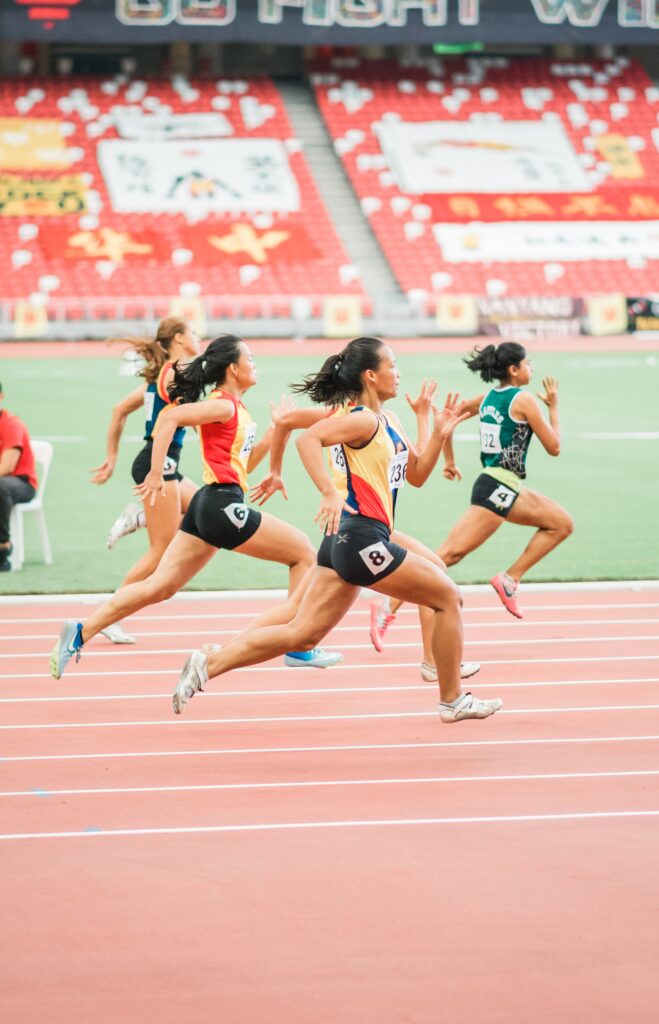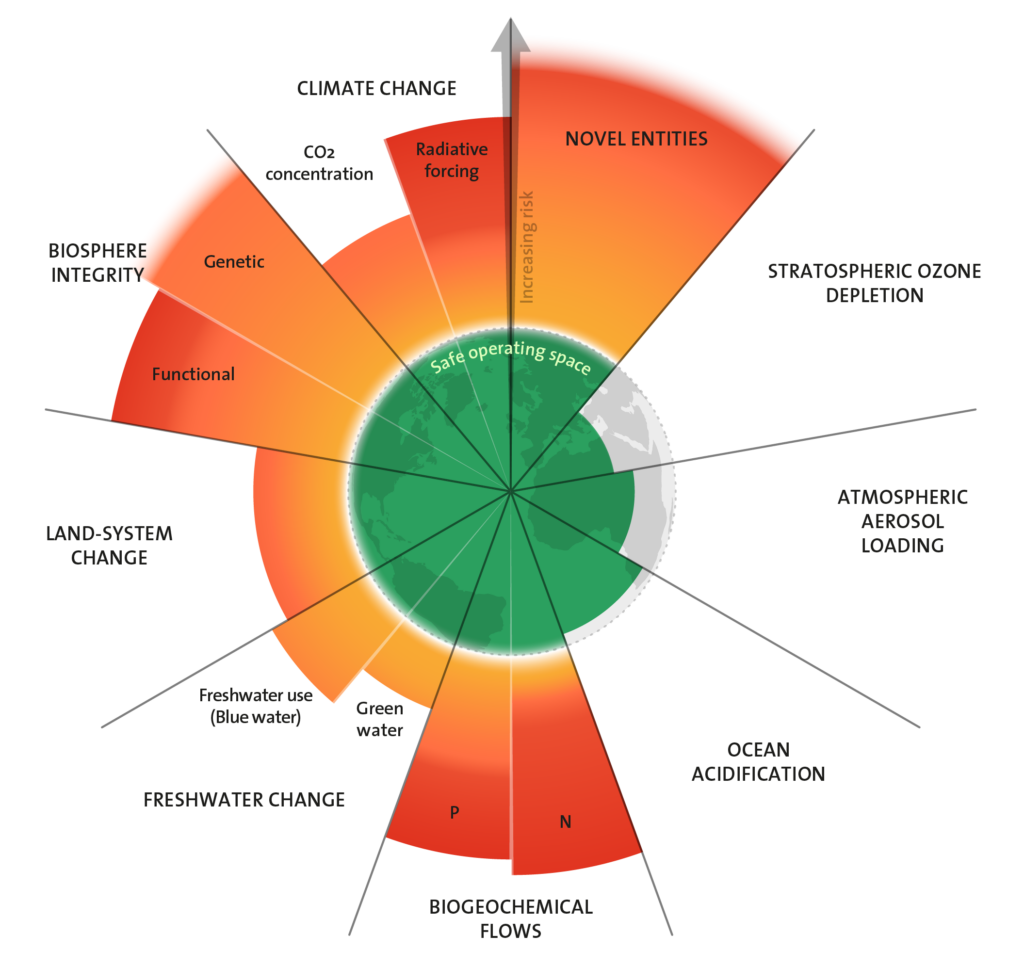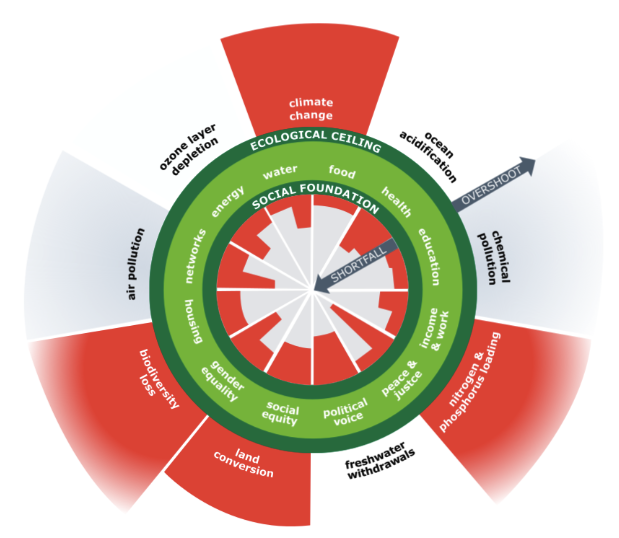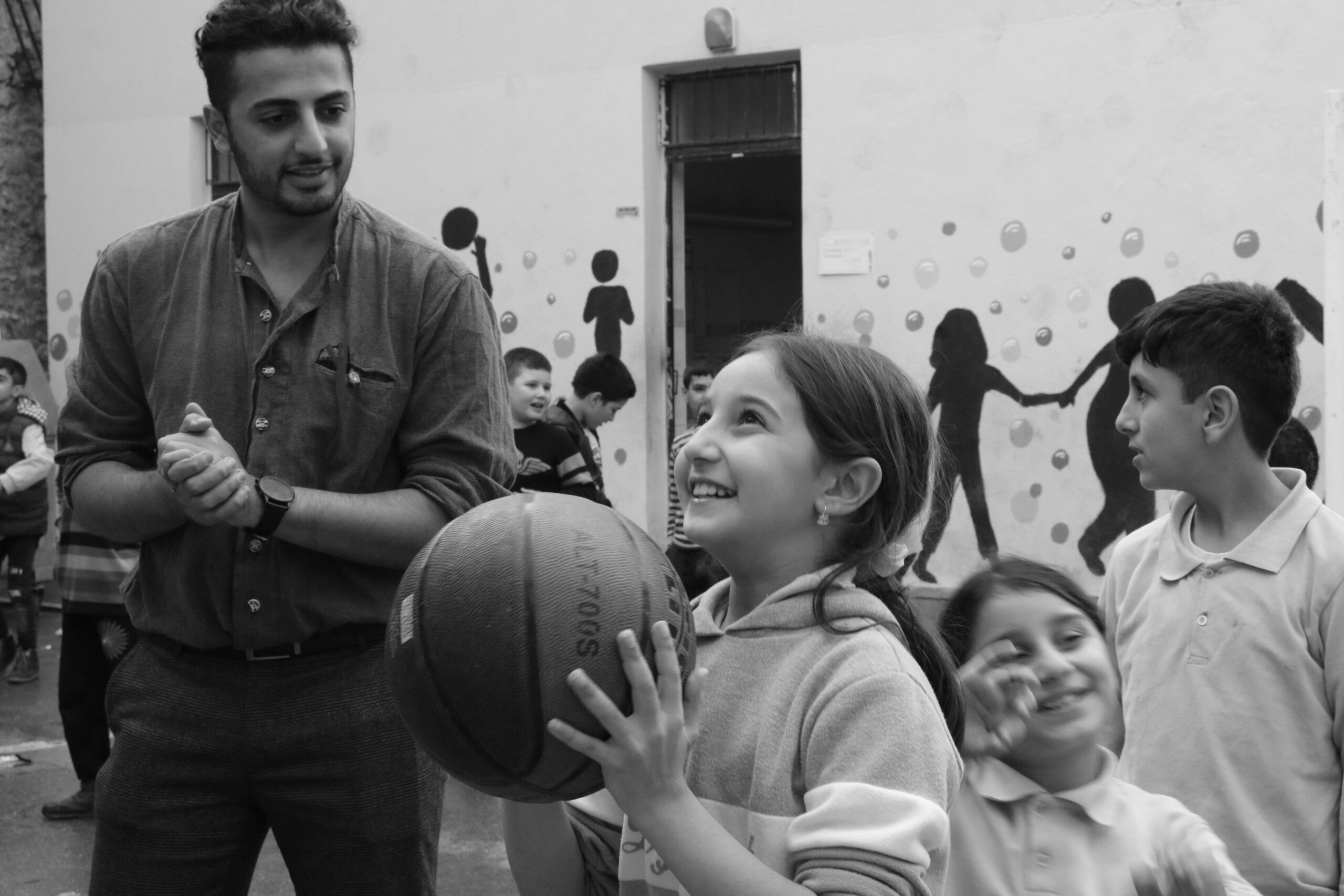Reimagining
Ecological sustainability in sport
Focus on the topic of environmental sustainability has been growing rapidly in the world of sports. We are increasingly becoming aware of the impact the world of sport has on the environment and vice versa. Athletes, teams, clubs, federations, businesses and academia are all in some way part of the global tendency to become more sustainable. Sports managers of tomorrow will be confronted with a rapidly changing natural environment in which their work takes place. They need to be able to reimagine sports from the bidirectional relation between sports and the planet on which it takes place.<br><br>Given this situation we ask the question how we can reimagine sport sustainably. This challenges us both conceptually (how can we understand the problem? Which words and models are suitable to describe what we desire?) and practically (how can we change our behavior and organizations?). We approach the world of sports through the lens of sports ecology to be able to focus on the bidirectional relation between the world of sports and the environment. This gives the possibility to reimagine sports sustainably in both conservative and transformative ways.

Theoretical framework
The conceptual framework we developed during the project is a schematic presentation that captures the responses and strategies withing the world of sports. This framework was designed based on a literature study within peer reviewed sport management and sports philosophy journals.
Planetary boundaries
The lifestyle of the wealthiest part of the human kind is fundamentally affecting ecological patterns such as biodiversity and atmospheric composition. All leading up to the point that environmental conditions are beyond the possibility of cyclical recovery or regeneration. These are called tipping points (remember being in a roller coaster and you are slowly moving upwards to the place from where you ‘fall’ into the abyss).
The figure present shows the nine planetary boundaries that were identified by as crucial to ensure the planet’s stability (Rockström, J., Steffen, W., Noone, K. et al., 2009). As you can see climate change is only one of the boundaries. Biodiversity loss, plastic pollution and biochemical flows (phosphorus an nitrogen) are perhaps less present in our daily lives however they passed the boundary even further than CO2 emissions (part of what causes climate change).

Doughnut economics
The model of the Doughnut economy is arguably the best example of tying together the nine boundaries and the UN SDG’s. The shape of a doughnut is what appeared when its creator Kate Raworth drew two circles, the first being the ecological ceiling based on the planetary boundaries, and the second being a social foundation based on the UN SDG’s. The space between the lines is what she called “a safe space for humanity to thrive[1]. As we will see later on in the magazine, the world of sports is fully dependent on this safe space to sustain and thrive.

Sport ecology
“The selection of this term over alternatives, such as sport sustainability, is intentional and strategic. Sport is defined broadly and includes the sector and each of its parts: athletes, coaches, managers, fans, suppliers, and more. The study of ecology dates to the mid-17th century and refers to the study of organisms and their environments (). Given the focus on study and science, and the natural environment, sport ecology was deemed more appropriate than sport sustainability or green sport as an overarching term for this academic subdiscipline,..” (McCullough, Orr, & Kellison. 2020)
In our research we adopt the sport ecology lens. We explore the relationship between sports organizations and practitioners and the natural environment they are a part of.
Greenhouse Gas Protocol accounting tool
One way to map the impact of an industry is to account for all the greenhouse gas (fossil fuel) emissions that are brought into the atmosphere by the world of sport. The international accounting tool, the Greenhouse Gas Protocol, is widely used and accepted. In this model there are three categories or scopes.
- Scope 1 refers to direct emissions from processes owned or controlled by an organisation. This would include on-site fossil fuel use for power and heating.
- Scope 2 covers the emissions generated by electricity, steam, heating, and cooling purchased by an organisation.
- Scope 3 covers all the emissions associated with processes and consumption in an organisation’s value chain.
I-Nature sports
In 2020 Norwegian philosopher Gunnar Breivik published a paper in which he presents a fourfold model of the world of sport (Breivik, 2020). We can, he argues, distinguish between four dominant relations in the way we do sports. The I-me, I -you, I-Society and I -Nature relation. In this chapter we build on his description of the I nature relation. So what is th I- nature relation in sports?
Breivik writes: “That there is an interaction with some part of nature (a natural element, an animal, a landscape) and that this interaction with nature is the main purpose of the sport.” And: “Prototypical nature sports are climbing, skydiving, surfing and skiing. Other examples are ice skating, white water kayaking, canoeing, swimming, bobsledding, rowing, yachting, hunting, orienteering and hang-gliding. In general, various snow and ice sports, water sports, air sports and wilderness sports may be called ‘nature sports’”
We would like to argue that practicing and strengthening the I-nature relation can teach us how we can become more sustainable in a different sense compared to chapter three. Just like I-me, I-you or I-society relations can teach us who we are and different entities affect each other the I-nature relation in sport might be able to grow sensitivity to understand bigger ecological patterns of which we are a part.
Responses and strategies
The conceptual framework we developed during the project is a schematic presentation that captures the responses and strategies withing the world of sports. This framework was designed based on a literature study within peer reviewed sport management and sports philosophy journals.
Case studies
-

Example
Read more: Example -
Sustainability in Dutch National Sports Federations’ strategic vision documents and communications
Read more: Sustainability in Dutch National Sports Federations’ strategic vision documents and communications